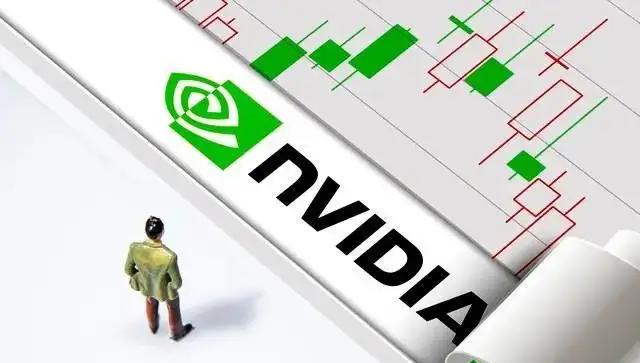NVIDIA's Stock Plunge: A Market Reality Check
NVIDIA’s stock dropped 6.22% on January 7, 2025, erasing nearly $170 billion in market value. The decline followed CEO Jensen Huang’s CES keynote speech, where new products and AI initiatives were announced but failed to meet heightened market expectations.

The sudden drop in NVIDIA’s stock price reveals deeper dynamics at play in today’s tech market. Having risen over 200% in the past twelve months, NVIDIA’s meteoric ascent has made it particularly vulnerable to market sentiment shifts and profit-taking.
The semiconductor giant’s remarkable growth has been largely driven by the artificial intelligence boom, with its data center revenue growing 112% year-over-year in the most recent quarter. However, this explosive growth has created extremely high expectations that become increasingly difficult to surpass.
At CES 2025, CEO Jensen Huang unveiled several new initiatives, including next-generation RTX GPUs and the “Thor” automotive processor. While these announcements demonstrated NVIDIA’s continued innovation, they represented more evolutionary than revolutionary progress. The market had priced in expectations of more dramatic AI breakthroughs.
The broader context matters significantly. The Federal Reserve’s hawkish stance on interest rates has begun to impact high-growth tech stocks disproportionately. With Treasury yields rising and market liquidity tightening, investors are becoming more selective about valuation multiples, especially for companies that have seen massive appreciation.
NVIDIA’s position in the AI chip market remains strong, but competition is intensifying. Companies in China have made significant progress in AI accelerator development, while other semiconductor firms are ramping up their AI capabilities. This evolving competitive landscape adds another layer of complexity to NVIDIA’s growth narrative.
The stock’s decline also reflects a larger pattern in the “Magnificent Seven” tech stocks that have dominated market gains. These companies now face heightened scrutiny as their valuations have reached historic levels. Any slight disappointment in growth rates or future guidance can trigger significant selling pressure.
NVIDIA’s core business fundamentals remain robust, with strong demand for AI computing solutions across cloud providers and enterprises. However, the market is wrestling with questions about sustainable growth rates and appropriate valuations in an environment of higher interest rates and evolving competitive dynamics.
This correction serves as a reminder that even companies at the forefront of transformative technologies are not immune to market physics. The path forward for NVIDIA will likely depend on its ability to maintain technological leadership while managing increasingly elevated market expectations.
As artificial intelligence continues to reshape industries, NVIDIA’s role remains critical. Yet investors must balance the company’s strong positioning against market realities, including monetary policy shifts and the law of large numbers that makes maintaining hypergrowth increasingly challenging.